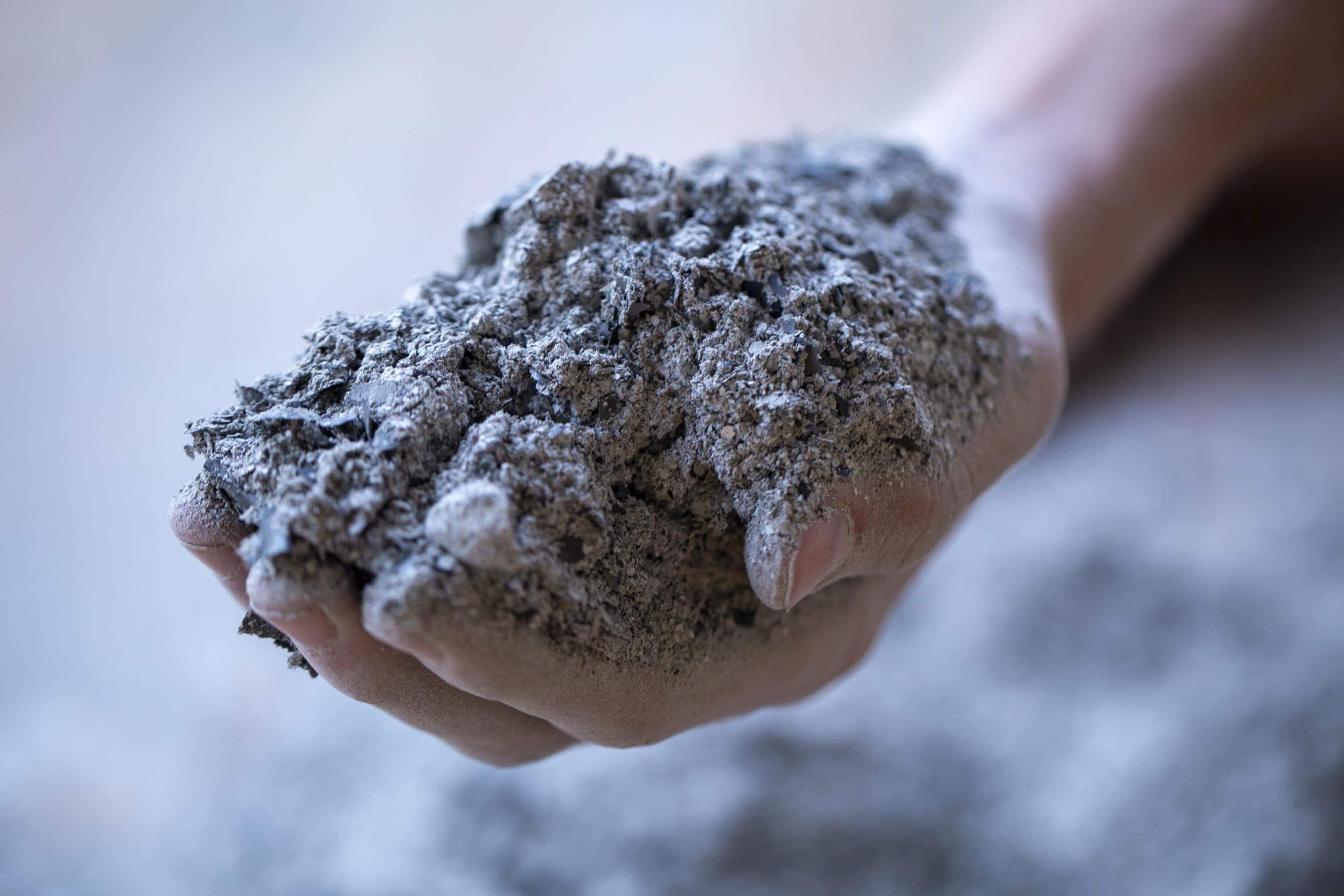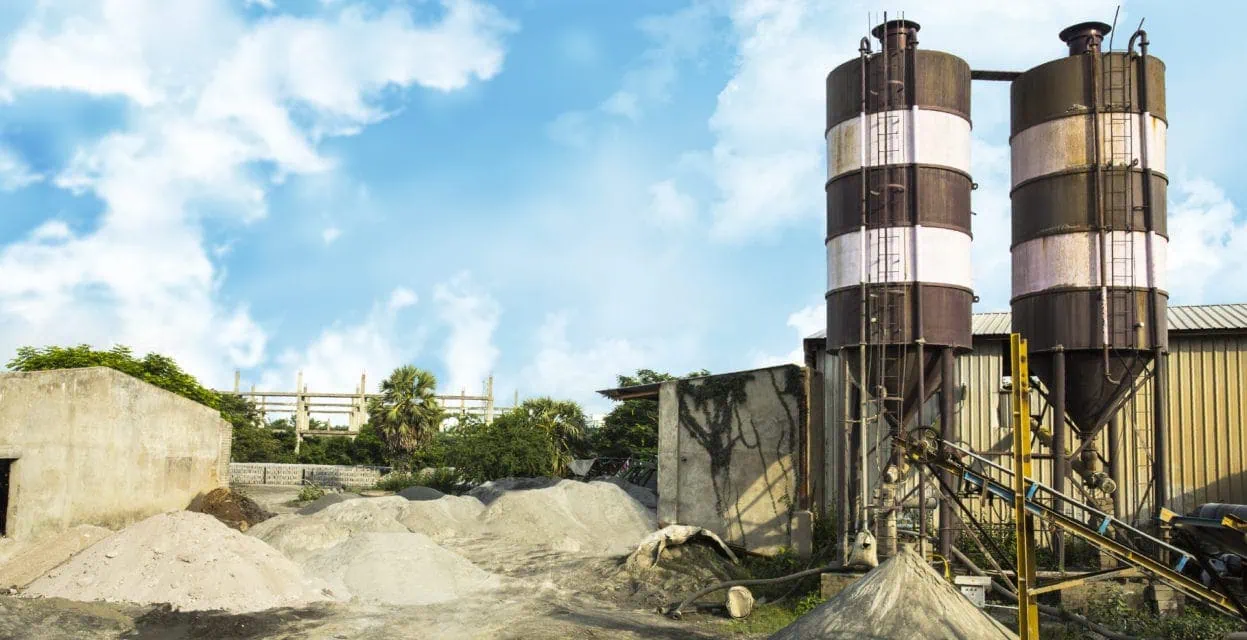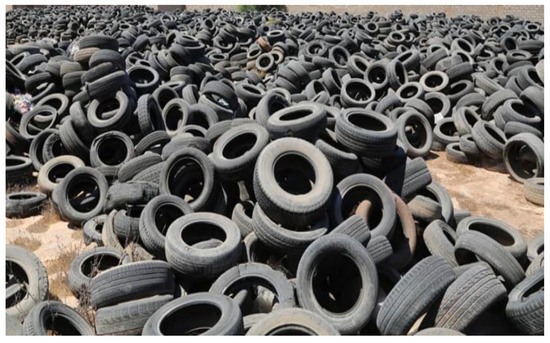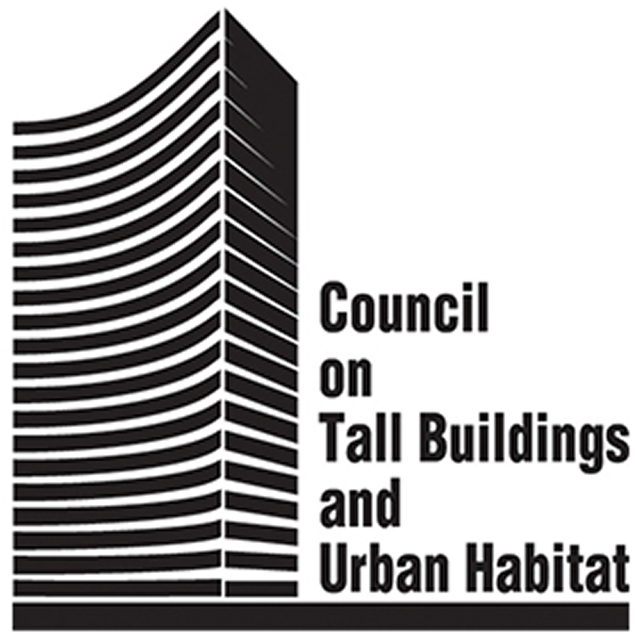
Building with Waste: From Plastic Bottles to Fly Ash – Constructing a Circular Future


The construction industry is shifting toward a circular model, transforming waste into valuable building materials to combat environmental challenges. This movement, pioneered by Canadian companies, utilizes everything from industrial fly ash and discarded plastic bottles to old tires and textiles to create durable and sustainable construction components. By embracing these innovations, we can significantly reduce landfill waste and build a more resourceful future.
The relentless growth of waste generation stands as one of the most pressing environmental challenges of our time. Annually, billions of tons of waste – from everyday consumer plastics to industrial by-products – pile up in landfills, polluting ecosystems and squandering valuable resources.
Yet, amidst this crisis lies a profound opportunity: to transform these discarded materials into the very foundations of our future. The construction industry, a major consumer of raw materials and producer of waste, is increasingly embracing a shift, pioneering innovative projects and technologies that convert what was once deemed waste into robust, sustainable building materials.
This global movement, with notable Canadian pioneers leading the charge, is redefining how we build, one piece of waste at a time

The Paradigm Shift: From Linear to Circular Construction
Traditionally, the construction sector operates on a linear "take-make-dispose" model. Raw materials are extracted, processed into products, used in buildings, and then discarded at the end of their life cycle.
The circular economy, by contrast, seeks to keep resources in use for as long as possible, extracting maximum value from them, and then recovering and regenerating products and materials at the end of their service life.
Building with waste is a cornerstone of this circular approach, turning waste streams into valuable material for new construction, thus reducing landfill overflow, conserving resources, and significantly lowering carbon footprints.
Plastic Waste: Reshaping Structures from Bottles to Blocks
Plastic, with its durability and ubiquity, is a prime candidate for circular transformation in construction.
Billions of plastic bottles and other plastic waste often end up in oceans or landfills, but innovative technologies are now giving them a second life as insulation, structural elements, and even entire building blocks.
In Canada, PLAEX™ Building Solutions, based in Atlantic Canada, is at the forefront of this plastic revolution, exemplifying this innovation. They have developed an interlocking block system, PLAEX-crete™, made from up to 90% recycled plastic and aggregate waste. These blocks offer a robust, moisture-resistant, and lighter alternative to traditional concrete masonry units. Their ingenious mortarless design simplifies construction, reducing labour and accelerating build times, while giving a high-value purpose to difficult-to-recycle industrial and post-consumer plastics.
Another compelling Canadian success story comes from the realm of prefabricated housing. Ecoplast Solutions, serving Western Canada, manufactures high-performance homes using composites made entirely from recycled high-quality polyethylene terephthalate (PET) plastic, primarily sourced from plastic bottles. A single Ecoplast home can repurpose over 600,000 plastic bottles into structural insulated panels (SIPs) that form the building's structure, insulation, and vapour barrier all in one. These panels boast superior thermal performance, contributing to net-zero ready homes that are assembled in days, significantly cutting energy consumption and greenhouse gas emissions.
Similarly, JD Composites, also a Canadian innovator, utilizes 100% recycled PET plastic foam to create their patented structural insulated panels. Their technology transforms plastic bottles into a durable, moisture-impermeable, and highly insulating core material for residential and light commercial construction. They famously constructed a house in just 14 hours using these panels, showcasing the incredible speed and efficiency gained by building with waste.

Industrial By-products: Giving New Life to Ash and Slag
Industrial processes often generate massive quantities of by-products that, if not managed sustainably, become environmental liabilities. However, many of these "waste" materials possess properties that make them excellent ingredients for advanced building materials.
Fly Ash, a fine powder derived from coal combustion in thermal power plants, is perhaps one of the most widely adopted waste materials in modern construction. When used as a supplementary cementitious material (SCM), it can replace a significant portion of Portland cement in concrete mixes. This not only diverts a substantial waste stream from landfills but also enhances concrete's durability, reduces its permeability, and significantly lowers its embodied carbon, as cement production is highly energy-intensive.

In Canada, companies like ENX Inc. are leading suppliers and processors of quality-controlled fly ash, distributing it across North America for various applications, from concrete to siding and roofing manufacturing.
Similarly, Heidelberg Materials is investing in technologies to process harvested coal ash into specification-grade fly ash for concrete applications across Canada and the US, showcasing a commitment to sustainable resource management.
Another valuable industrial by-product is Ground Granulated Blast-furnace Slag, a glassy, granular material formed from molten slag from iron blast furnaces. Like fly ash, GGBS is an excellent SCM, enhancing concrete's strength, durability, and resistance to chemical attack, while also reducing its environmental impact.
Rubber Revolution: Tires on the Road to Sustainable Buildings

The sheer volume of discarded vehicle tires poses a massive environmental challenge globally. Each year, billions of tires reach the end of their life, with many ending up in landfills or creating fire hazards. Yet, the robust and flexible nature of rubber makes it a compelling material for innovative construction applications.
Recycled tire rubber is increasingly being incorporated into asphalt for roads, creating "rubberized asphalt" that is more durable, quieter, and resistant to cracking. Beyond roads, research is paving the way for its use in building components. Engineers at the University of British Columbia (UBC) have developed a more resilient type of concrete by incorporating recycled tire fibres. Their research found that adding just 0.35% tire fibres to concrete can reduce crack formation by over 90% compared to regular concrete, significantly extending the lifespan of structures like buildings, roads, and bridges.
Glass and Textiles: Clear Opportunities, Woven Solutions
Beyond plastics, ash, and rubber, a diverse array of other waste materials are finding their way into the construction supply chain, unlocking new aesthetic and performance possibilities.
Recycled Glass offers a vibrant and versatile material for architectural applications. Crushed and processed, it can be used as an aggregate in concrete, replacing virgin sand and gravel. It can also be transformed into stunning countertops, tiles, insulation, and decorative finishes, adding unique aesthetics while diverting immense quantities of glass from landfills. Canadian suppliers like Canadian Recycled Glass showcase the potential for its use in landscaping, terrazzo flooring, and various concrete projects.

Textile Waste, encompassing discarded clothing, fabrics, and carpets, is another significant waste stream. While still an emerging area in mainstream Canadian construction, international innovations demonstrate its potential. For example, companies like Greenful (based in the Netherlands) are producing high-quality, load-bearing construction panels by recycling textile waste. These panels can offer excellent insulation and acoustic properties, opening doors for similar technologies to be adopted and scaled in Canada, offering a solution to the growing textile waste crisis.
Beyond the Major Players: Other Innovative Waste Streams
The ingenuity in waste-to-resource transformation extends to many other materials:
- Construction and Demolition Waste: Concrete, bricks, wood, and metals from demolition sites are increasingly sorted and recycled. Crushed concrete becomes aggregate for new concrete or road base. Reclaimed lumber is repurposed for structural elements or finishes, preserving forests and adding character.
- Waste Wood: Beyond reclamation, wood waste from manufacturing or C&D can be processed into engineered wood products like particleboard or fibreboard, or used for biomass energy.
- Wastewater Sludge: Advanced processes are exploring how treated wastewater sludge can be incinerated to produce ash that can then be incorporated into concrete or bricks.
Benefits of Building with Waste
The advantages of embracing waste as a building material are multi-faceted:
- Environmental Protection: Diverts vast quantities of waste from landfills and incinerators, reducing land pollution, greenhouse gas emissions, and the release of harmful substances.
- Resource Conservation: Decreases the demand for virgin raw materials, preserving natural habitats and ecosystems.
- Reduced Energy Consumption: Manufacturing products from recycled materials typically requires less energy than producing them from scratch, leading to lower greenhouse gas emissions.
- Cost Savings: In many cases, recycled materials can be more cost-effective than their virgin counterparts, especially with localized sourcing.
- Enhanced Material Properties: Some waste-derived materials offer unique or superior properties, such as improved durability, insulation, or fire resistance.
- Economic Opportunity: Creates new industries, jobs, and local supply chains in waste collection, processing, and manufacturing.
Navigating the Challenges: The Path Forward
Despite the immense promise, building with waste is not without its challenges. These include ensuring consistent quality and performance of recycled materials, developing standardized processes and certifications, addressing regulatory hurdles, and overcoming initial costs associated with new technologies and infrastructure. Public perception and acceptance also play a crucial role. However, as research advances and success stories multiply, these challenges are increasingly being overcome.
The Canadian government and industry are actively promoting circular economy principles in the built environment.Initiatives like those supported by Environment and Climate Change Canada aim to advance the circularity of construction, renovation, and demolition materials, fostering a collaborative ecosystem for innovation.
Building With Waste
The concept of "waste" is rapidly evolving from an environmental burden to a valuable resource, particularly within the construction sector. From the millions of plastic bottles transformed into high-performance building panels by Canadian companies to the industrial by-products like fly ash finding new life in durable concrete, the potential is immense.
By embracing these innovative projects and technologies, we are not only addressing our waste crisis but also actively building a more sustainable, resilient, and resourceful future—one where every discarded item has the potential to become a cornerstone of tomorrow's infrastructure.
Similar Posts
















